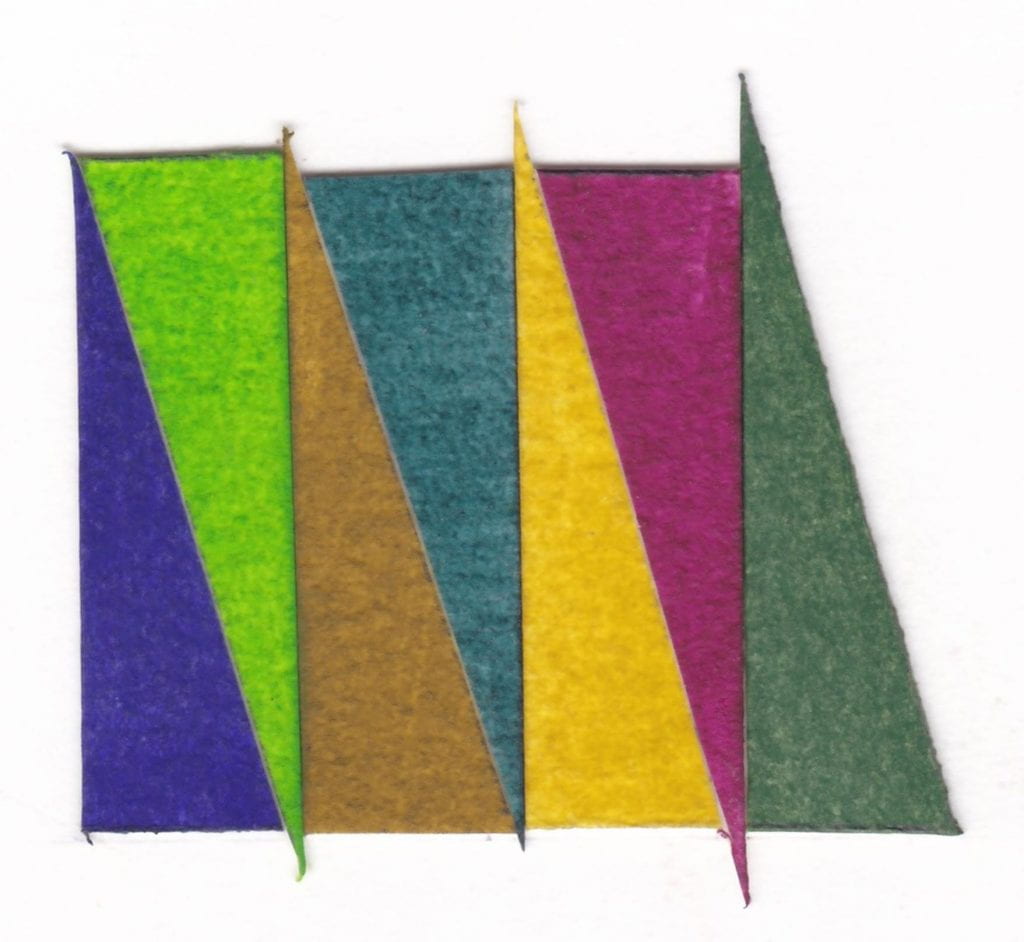A Colour A Day: Week 43
By Ruth Siddall, on 17 January 2021
A Colour A Day: Week 43. 11th -17th January
Jo Volley writes…
This week we have seven colours new to the Winsor & Newton Winton oil range, accompanied with notes by Stephanie Nebbia, artist and Colart Global Fine Art Collective manager.
Dioxane Blue – PV23, PB29. Strong transparent violet, dark almost black in mass tone with a beautiful bluish Ultramarine hint in the undertone. The range from the deep violet to the blue leanings makes it very versatile.
Phthalo Yellow Green – PY74, PG7. Bright opaque green with a strong Cadmium yellow like temperature with an added Phthalo depth of hue. Possesses many qualities of a Cadmium green bright/mid green.
Azo Brown – PY74, PV23. Golden tinge to this warm brown which although not organic has the madder like quality of madder brown which comes from the gentle charring of madder lake. Has the advantage of being lightfast with the same versatility.
Phthalo Deep Green – PG7, PR177. Dark almost black mass tone with a cool red shade in the undertone, reminiscent as a dark version of the historic Alizarin green lake and the toxic Cinnabar greens with the same transparency. Has the same potential and versatile offered by Hooker’s green – also a combination of pigments – with a strong tinting strength.
Azo Yellow Green – PY74, PG7, PR101, PY42. Warm Indian yellow tone with a Phthalo green tinge and although not an earth colour contributes to this family with a brownish ochre warmth making an excellent and versatile earth yellow. Reminiscent of haematite and goethite ochres which I find very evocative.
Quinacridone Deep Pink – PB29, PV19. A deep dark crimson mass tone reminiscent of the historic Alizarin rose with a blue/violet temperature undertone.
Dark Verdigris – PY74, PB29. Deep green with an Ultramarine tint similar to copper corrosion derived greens but stable and unlike early versions does not blacken. A colour used frequently by Watteau where he mixed genuine Ultramarine with actual copper Verdigris as well as featuring in Flemish School painting and early Italian oil painting.
Colours read from left to right:
Dioxane Blue
Phthalo Yellow Green
Azo Brown
Phthalo Deep Green
Azo Yellow Green
Quinacridone Deep Pink
Dark Verdigris

 Close
Close







 Henry Levison inventor of Liquitex.
Henry Levison inventor of Liquitex.





